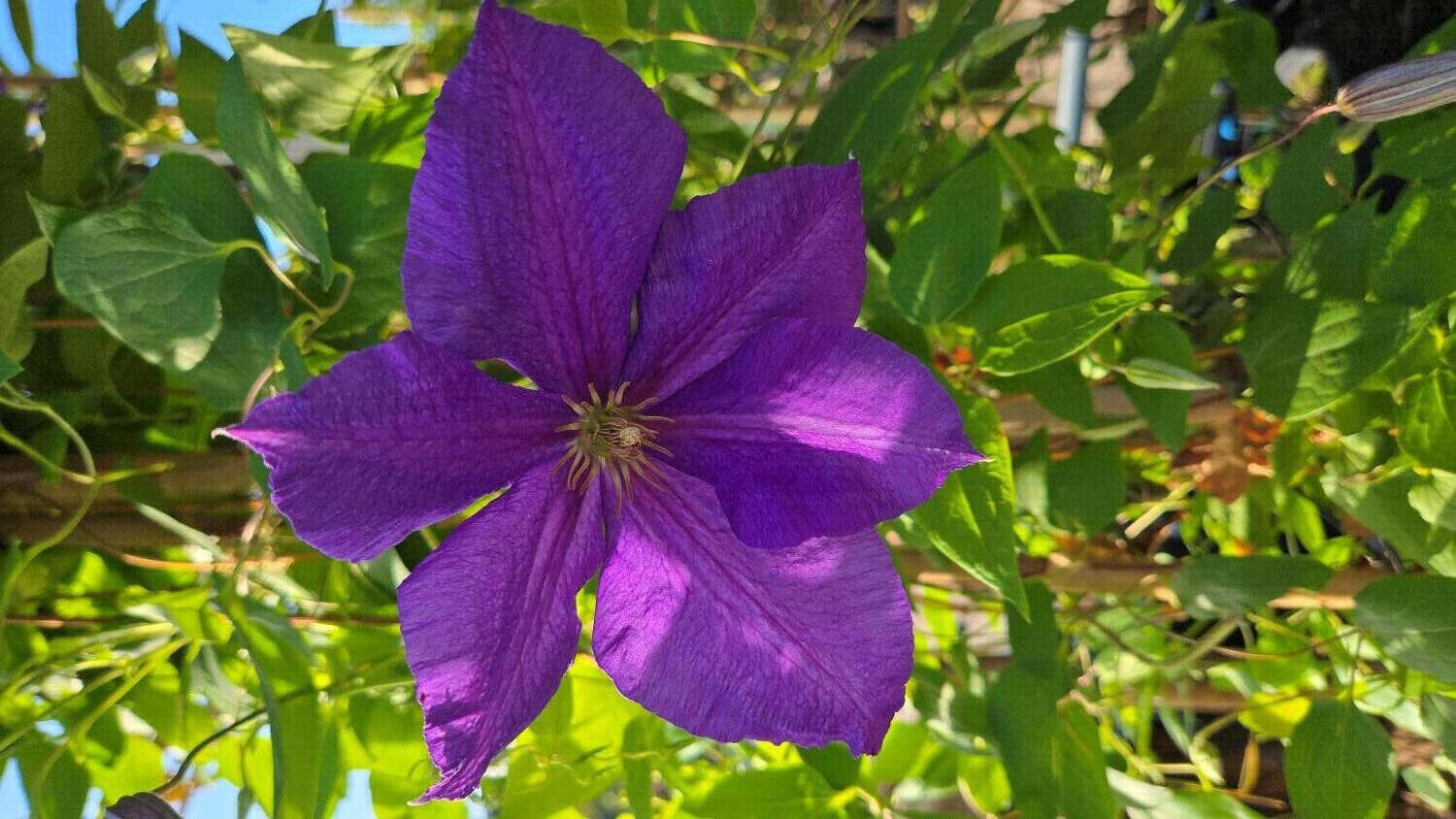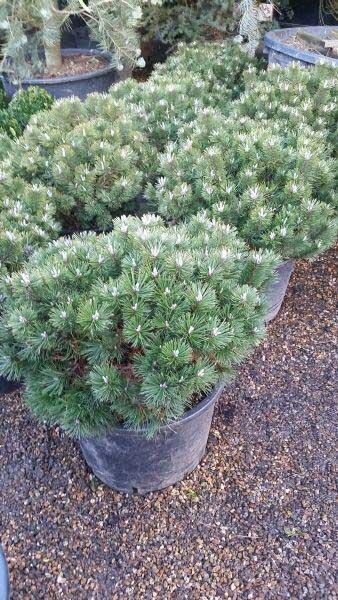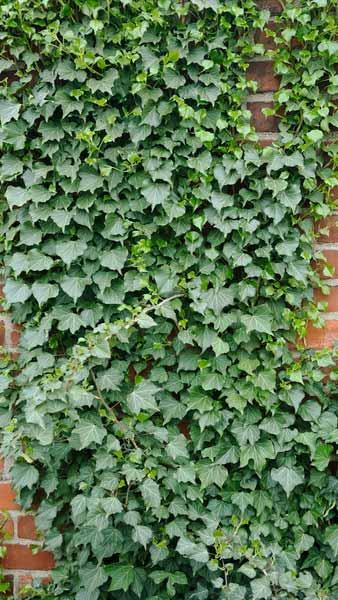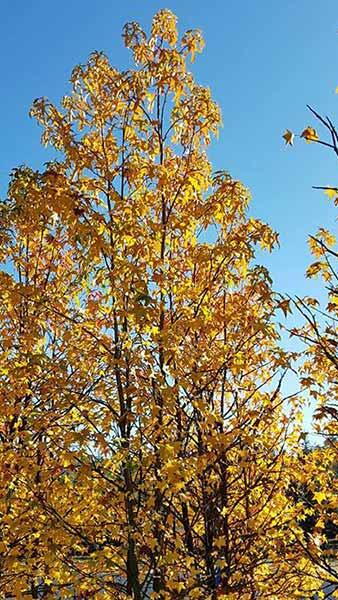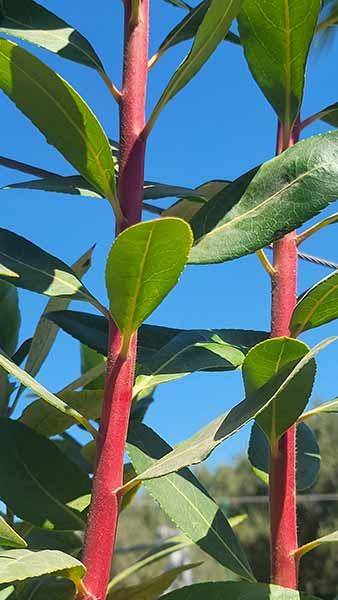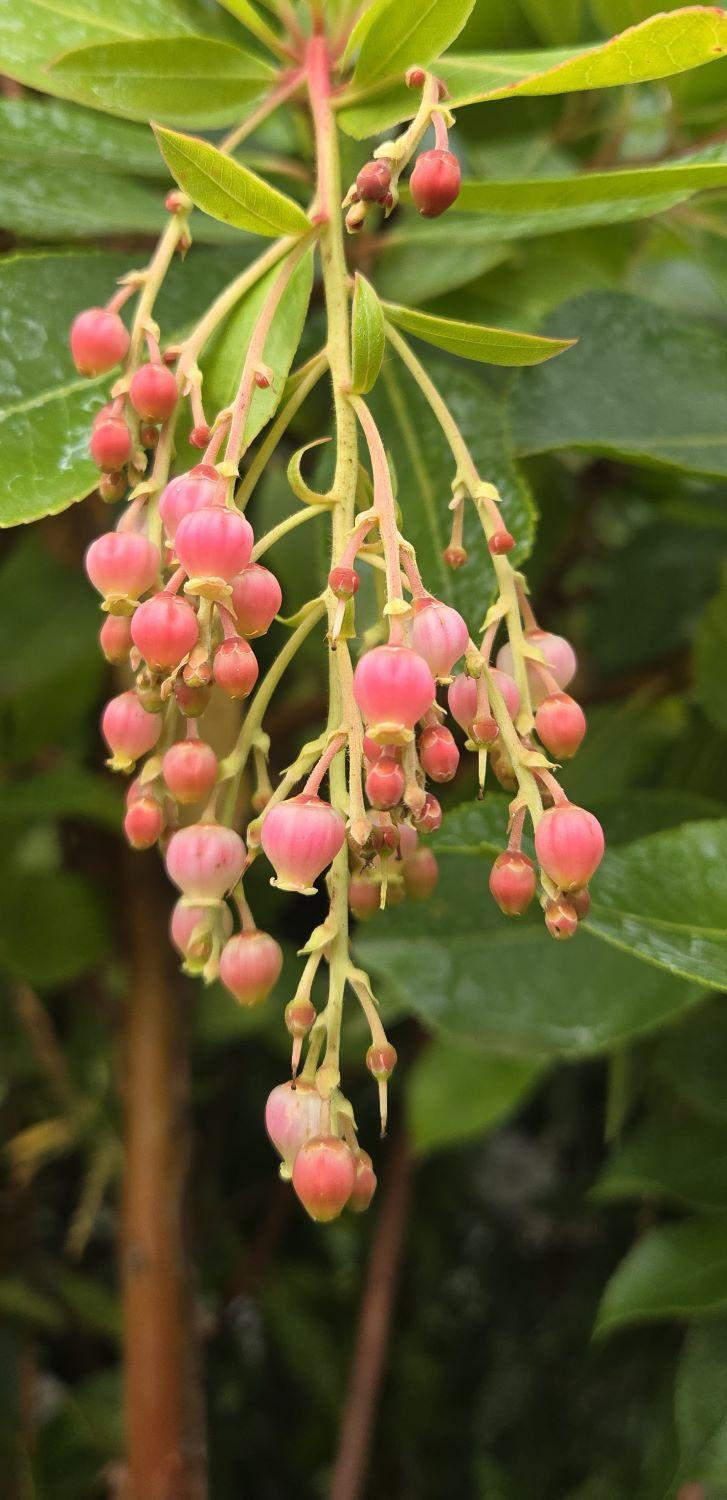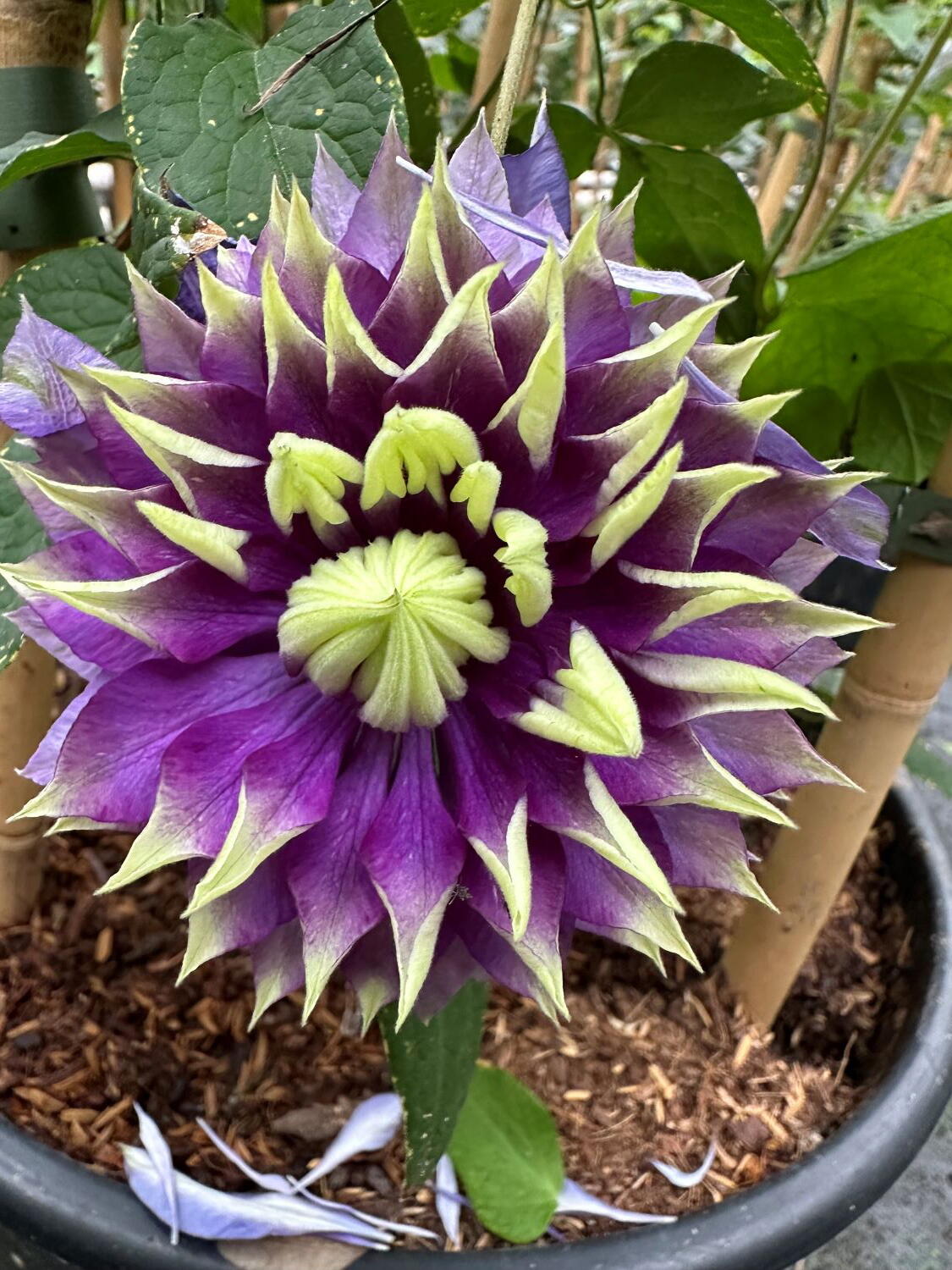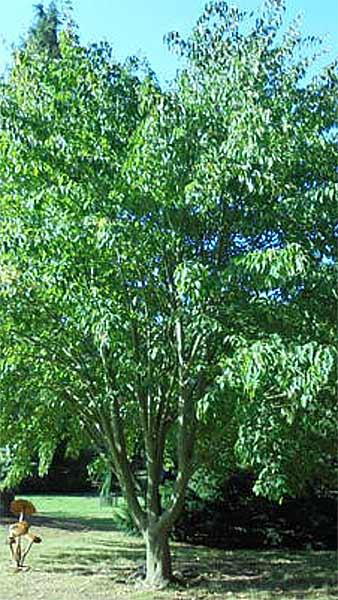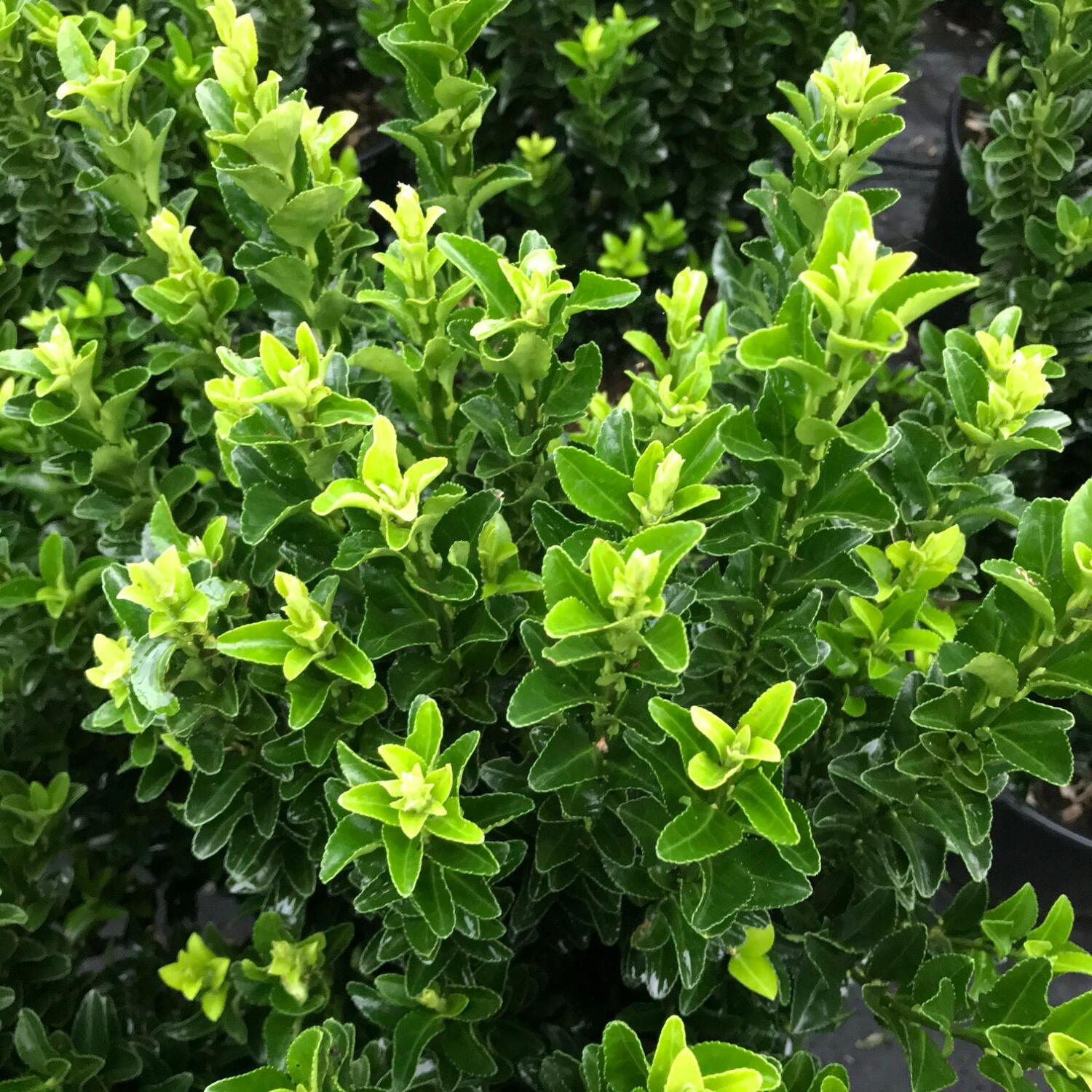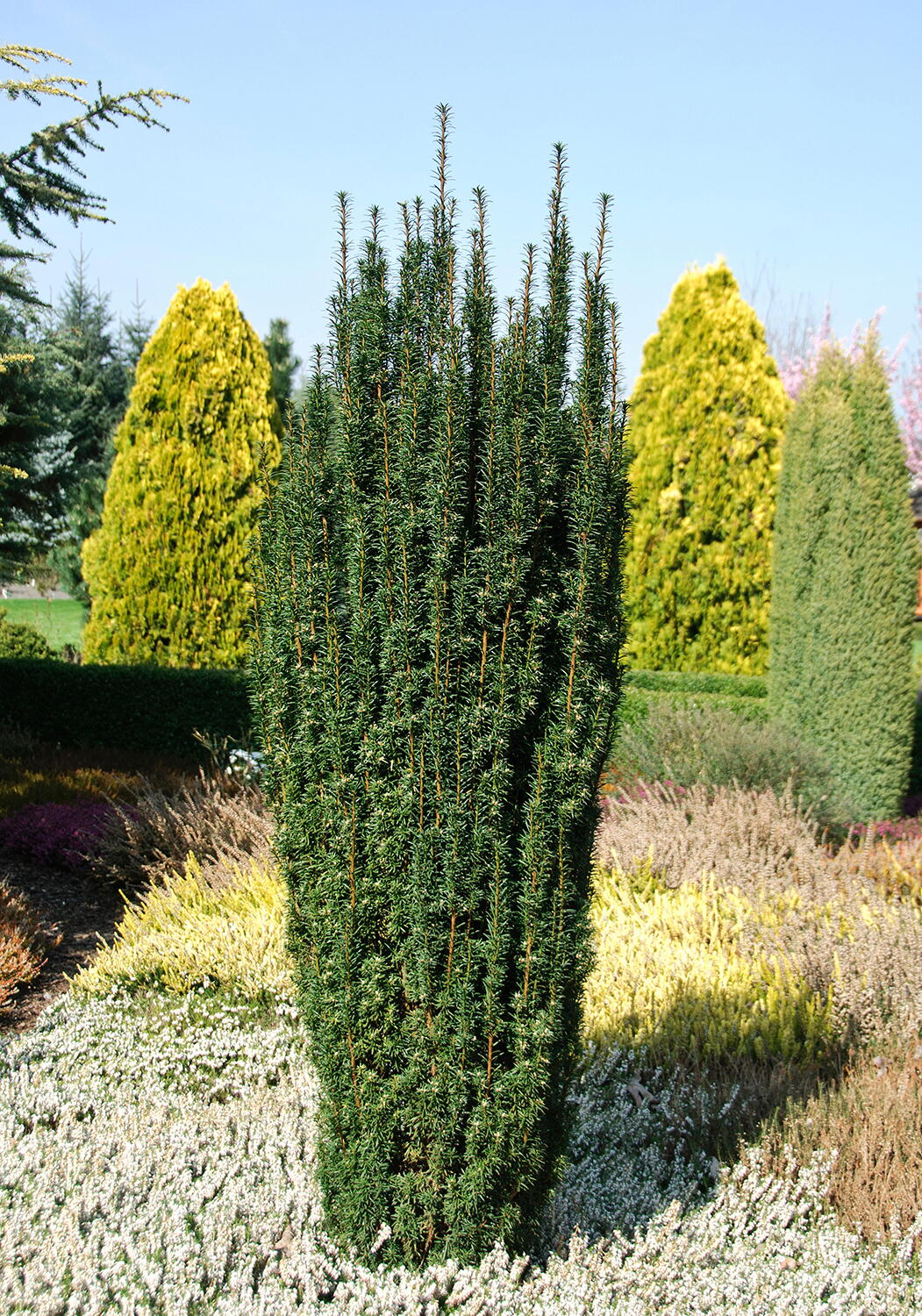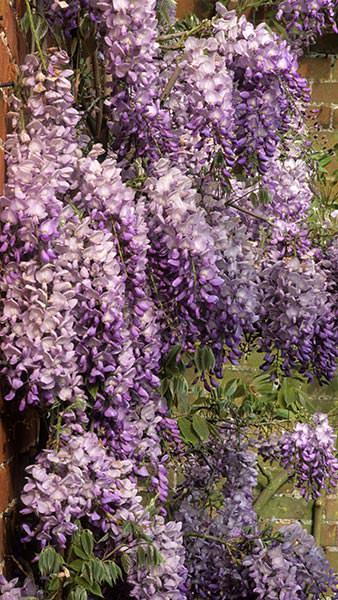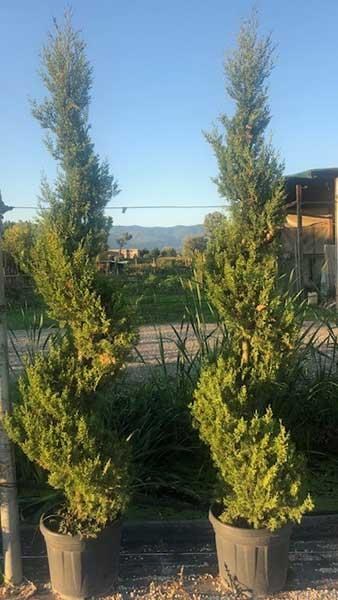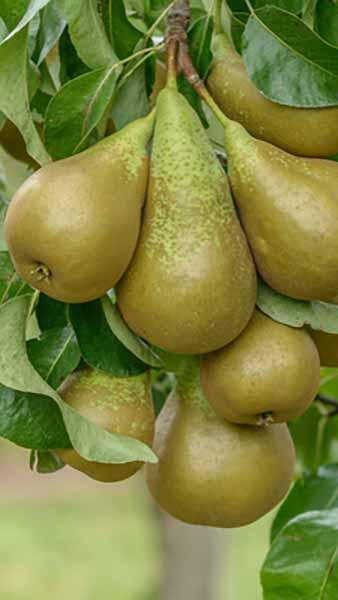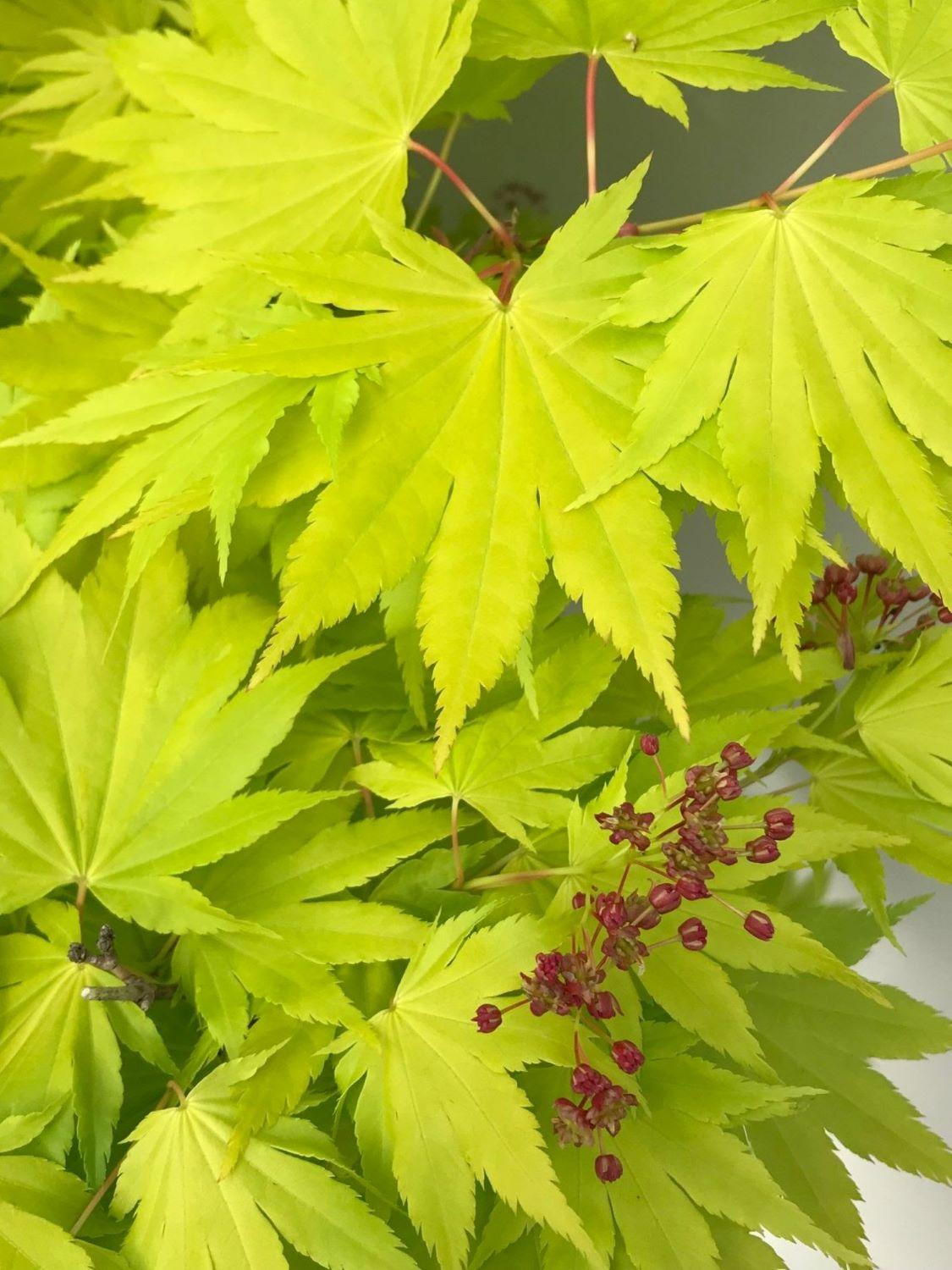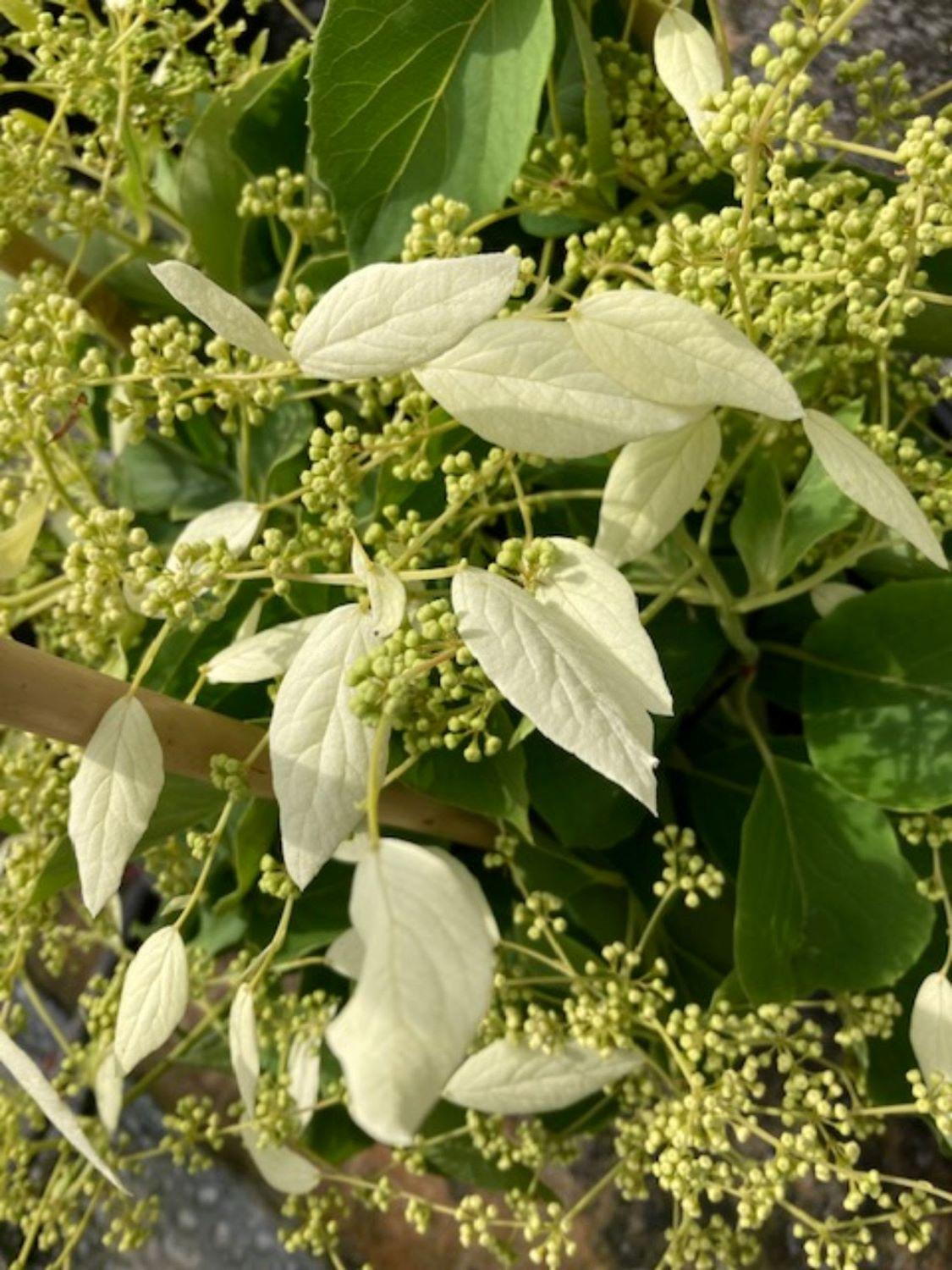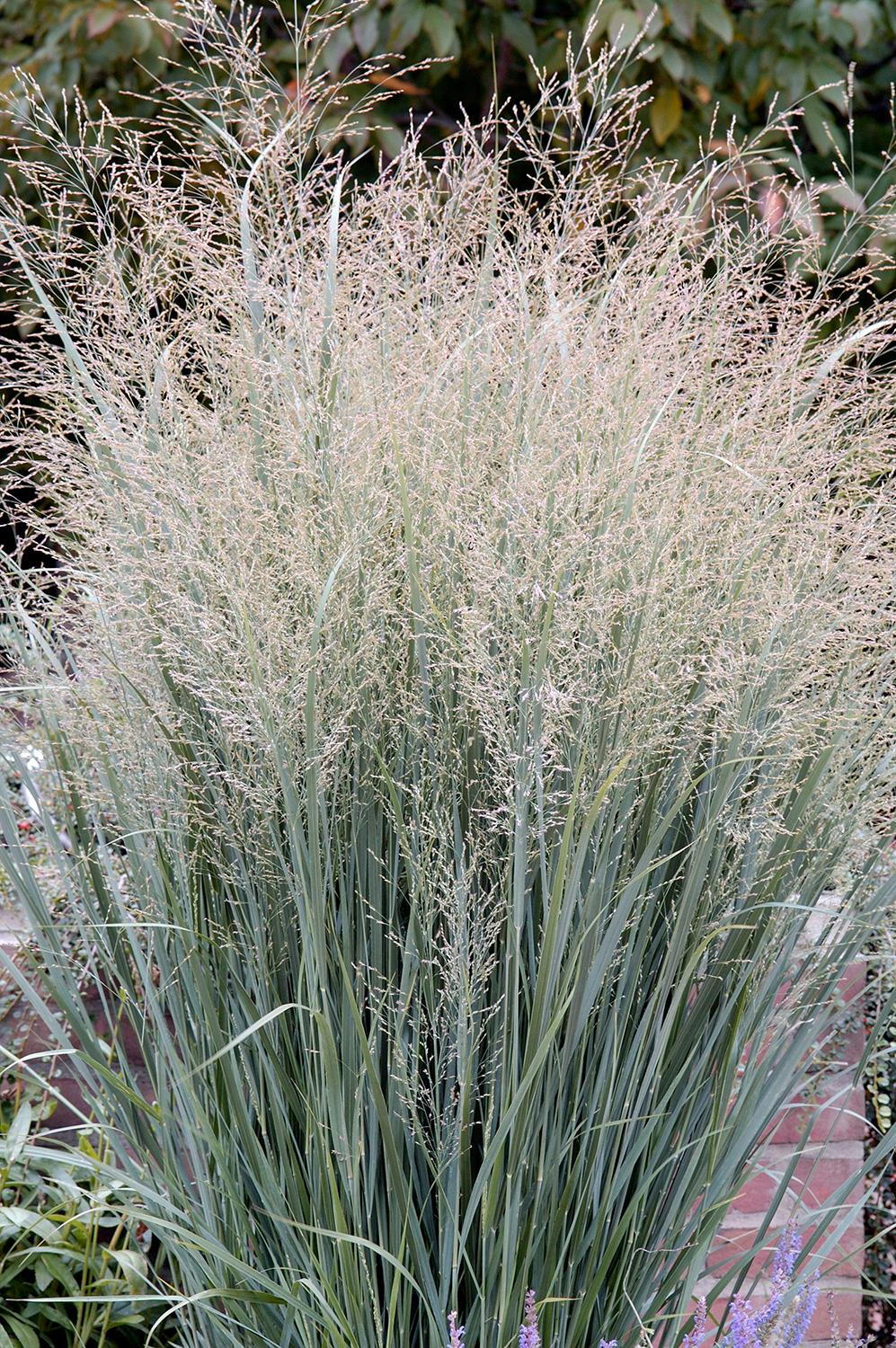Euonymus Japonicus Green Spire Spindle Tree, evergreen shrub with glossy green foliage, ideal for formal or structured hedging. Buy it Online
Euonymus japonicus Green Spire (Spindle Tree Green Spire)Euonymus japonicus Green Spire, commonly known as the Spindle Tree Green Spire, is a versatile, upright evergreen shrub prized for its dense, vertical growth habit and glossy, dark green foliage. This cultivar of the Japanese spindle is an excellent choice for creating low-maintenance, formal hedges, borders, or topiary designs, providing year-round structure and colour to gardens and landscapes. Its compact nature and hardiness make it a popular option for both residential and commercial plantings.The 'Green Spire' variety is characterized by its narrow, columnar form, making it ideal for spaces where vertical interest is needed without taking up much horizontal space. Its small, leathery leaves are a rich, glossy green, maintaining their vibrant colour throughout the seasons. The foliage is densely packed along upright stems, contributing to its tidy, architectural appearance. Inconspicuous greenish-white flowers may appear in late spring to early summer, occasionally followed by small, pinkish-orange fruits, though the plant is primarily grown for its foliage rather than its blooms or fruit.How Hardy is Euonymus Japonicus Green Spire?Euonymus japonicus Green Spire is hardy throughout the UK, tolerating a range of climatic conditions. It is resilient against coastal winds, salt spray, and urban pollution, making it suitable for a variety of environments, including coastal gardens and cityscapes.Height and Spread of Euonymus Japonicus Green Spire:When mature, Spindle Tree Green Spire typically reaches a height of 1.2 to 1.8 meters with a narrow spread of about 30 to 60 cm. Its slow to moderate growth rate allows for easy maintenance and shaping.How To Use Euonymus Japonicus Green Spire:The compact, upright form of the Green Spire Spindle makes it highly versatile in landscaping. It is ideal for creating narrow hedges, privacy screens, or formal garden borders. The plant also performs well in containers, where it can be used to frame entrances, patios, or pathways. Additionally, its architectural form lends itself to topiary and structured garden designs. Its evergreen nature ensures year-round interest, providing a lush backdrop or focal point even in winter.How To Care For Euonymus Japonicus Green Spire:Light: Thrives in full sun to partial shade. In hotter climates, some afternoon shade can help prevent leaf scorch.Soil: Prefers well-drained, moderately fertile soil but is adaptable to a range of soil types, including clay and sandy soils.Water: Requires regular watering during establishment. Once established, it is moderately drought-tolerant but benefits from occasional deep watering during prolonged dry periods.Pruning: Prune in late winter or early spring to maintain shape and encourage dense growth. Light trimming throughout the growing season can help keep its tidy appearance.Fertilization: Apply a balanced, slow-release fertilizer in early spring to promote healthy growth.Pest and Disease: Generally pest-resistant, though it may occasionally be affected by scale insects or powdery mildew. Regular monitoring and proper spacing for air circulation can help prevent issues.Euonymus japonicus Green Spire is a low-maintenance, adaptable shrub that brings structure, greenery, and elegance to gardens and landscapes year-round.
